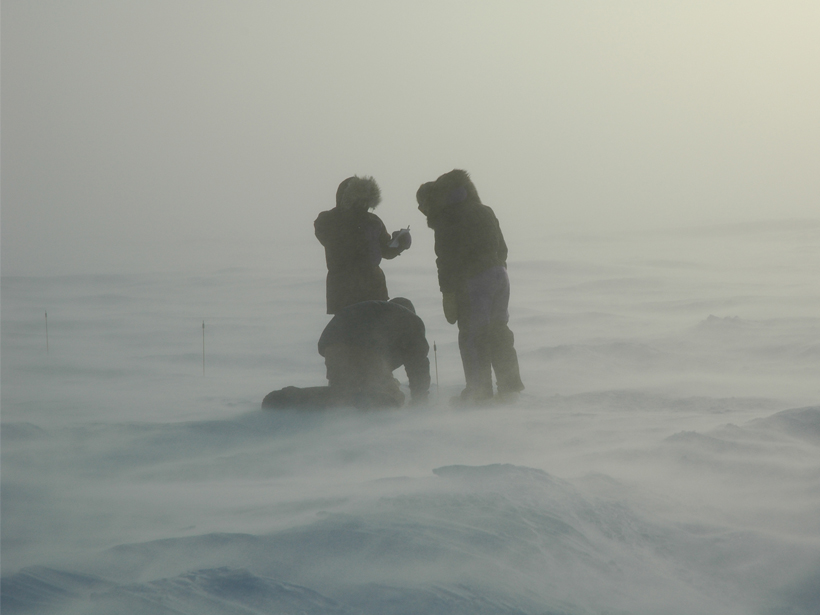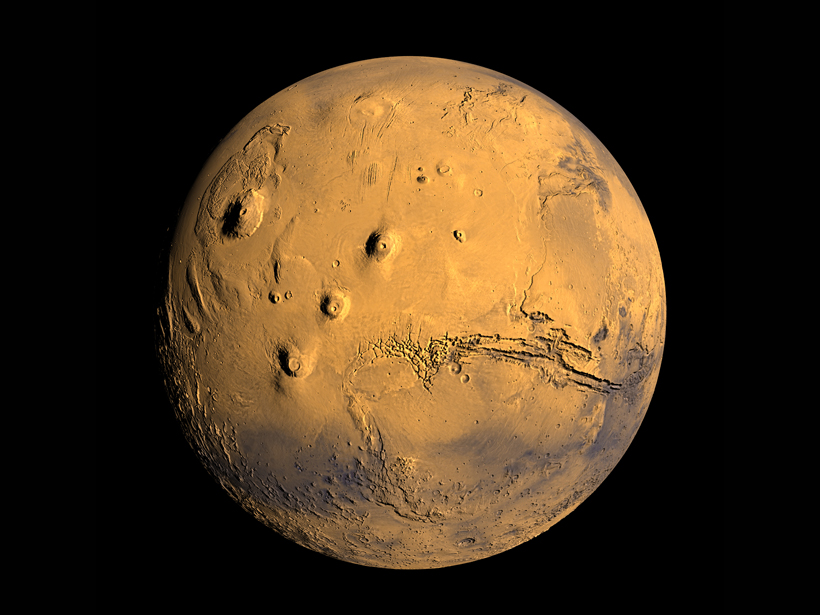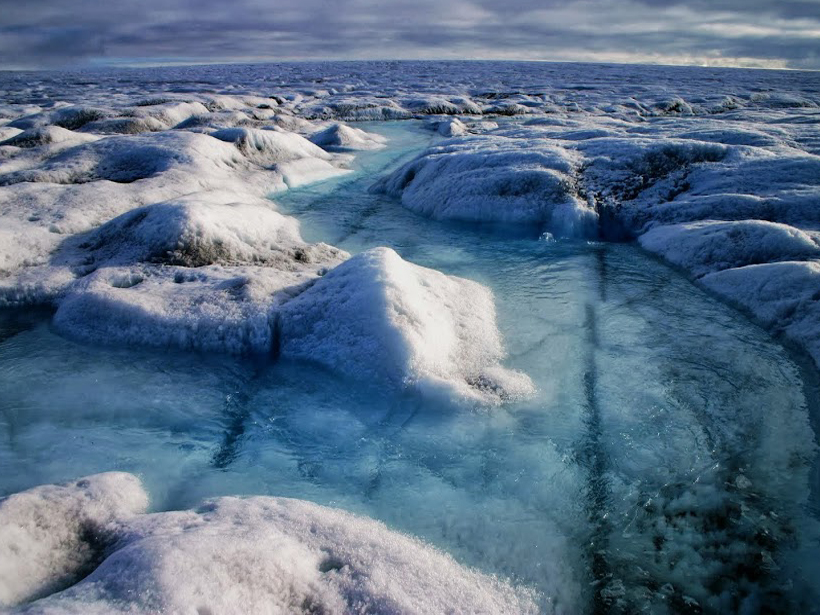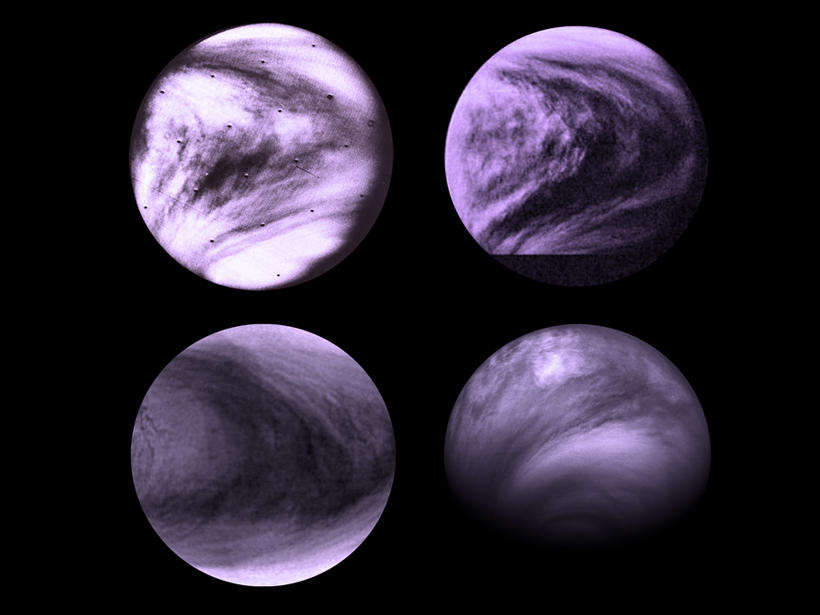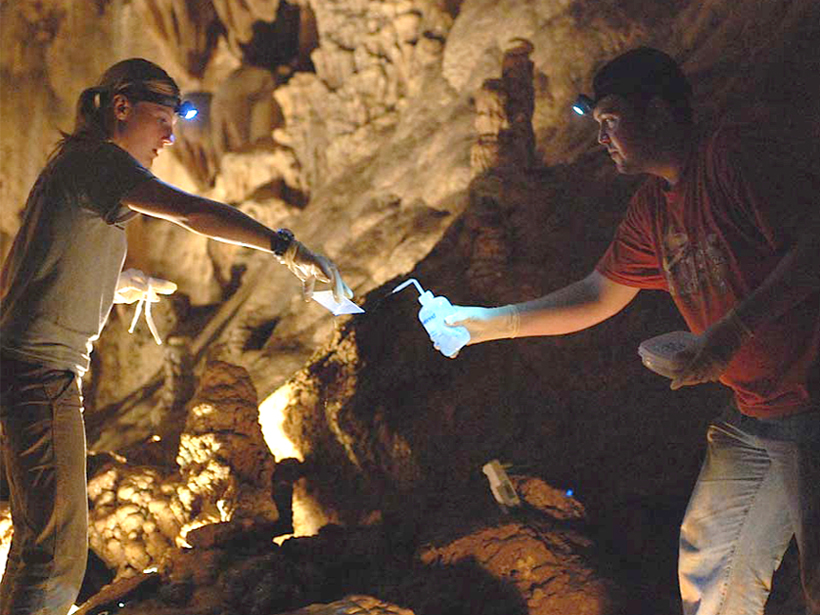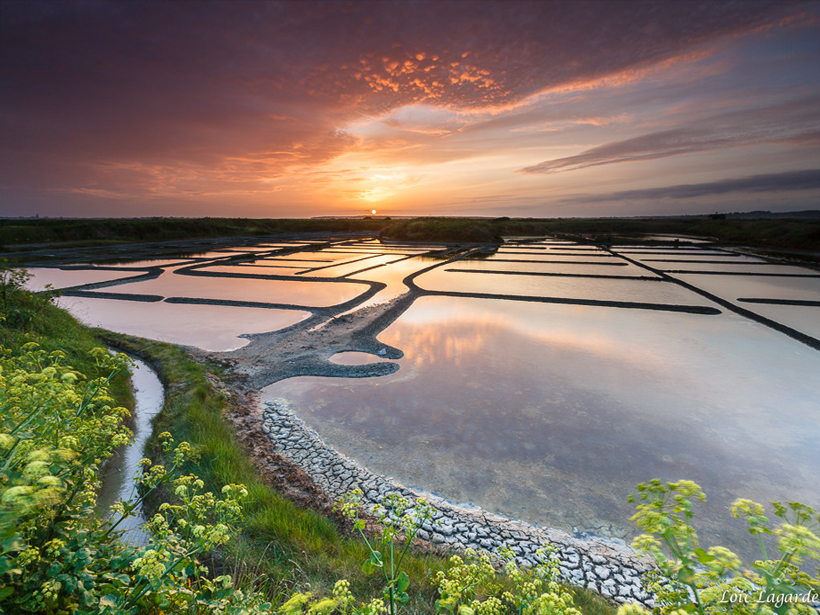Snow on Sea Ice Workshop; Barrow, Alaska, 29 April to 1 May 2015
Modeling
3-D Models Put Scientists, Students in Touch with Planets
Three-dimensional printing gives planetary scientists new ways to explore distant worlds and engage students.
Sea Level Rise Due to Warming, Weakening of Greenland Glaciers
Increasing ice temperatures and decreasing ice viscosities could lead to "thermal-viscous collapse" of the Greenland ice sheet, raising sea levels as much as 51 centimeters over the next 500 years.
Advancing Scenario Planning for Climate Decision Making
Scenario Planning for Climate Adaptation Decision Making; Tucson, Arizona, 31 March to 1 April 2015
A Cooler Climate Would Trigger More Tropical Cyclones
New model reveals tropical cyclones could form at lower sea surface temperatures than previously thought.
New Atmospheric Wave May Shape Venus's Clouds
A novel model suggests that a new wave may be responsible for Venus's iconic Y pattern.
Cave "Breathing" Affects Mineral Growth and Climate Clues
A new global model suggests how and where air flow in caves affects the growth of cave mineral deposits that scientists use to reconstruct ancient climates.
To Help Fix the Hole in the Ozone Layer, Just Add Ice
Computer simulations show that adding tiny droplets of ice to the atmosphere during the spring could help eliminate chlorofluorocarbons and repair the hole in the ozone layer.
Predicting Space Weather on a Satellite Superhighway
Scientists combined 82 satellite years of data to create a more comprehensive model of how plasma behaves in a region of Earth's magnetosphere with heavy spacecraft traffic.
Surface Climate Processes Keep Earth's Energy Balance in Check
Models show that an abrupt increase in carbon dioxide emissions would trigger feedback processes that would change Earth's hydrological cycle.

